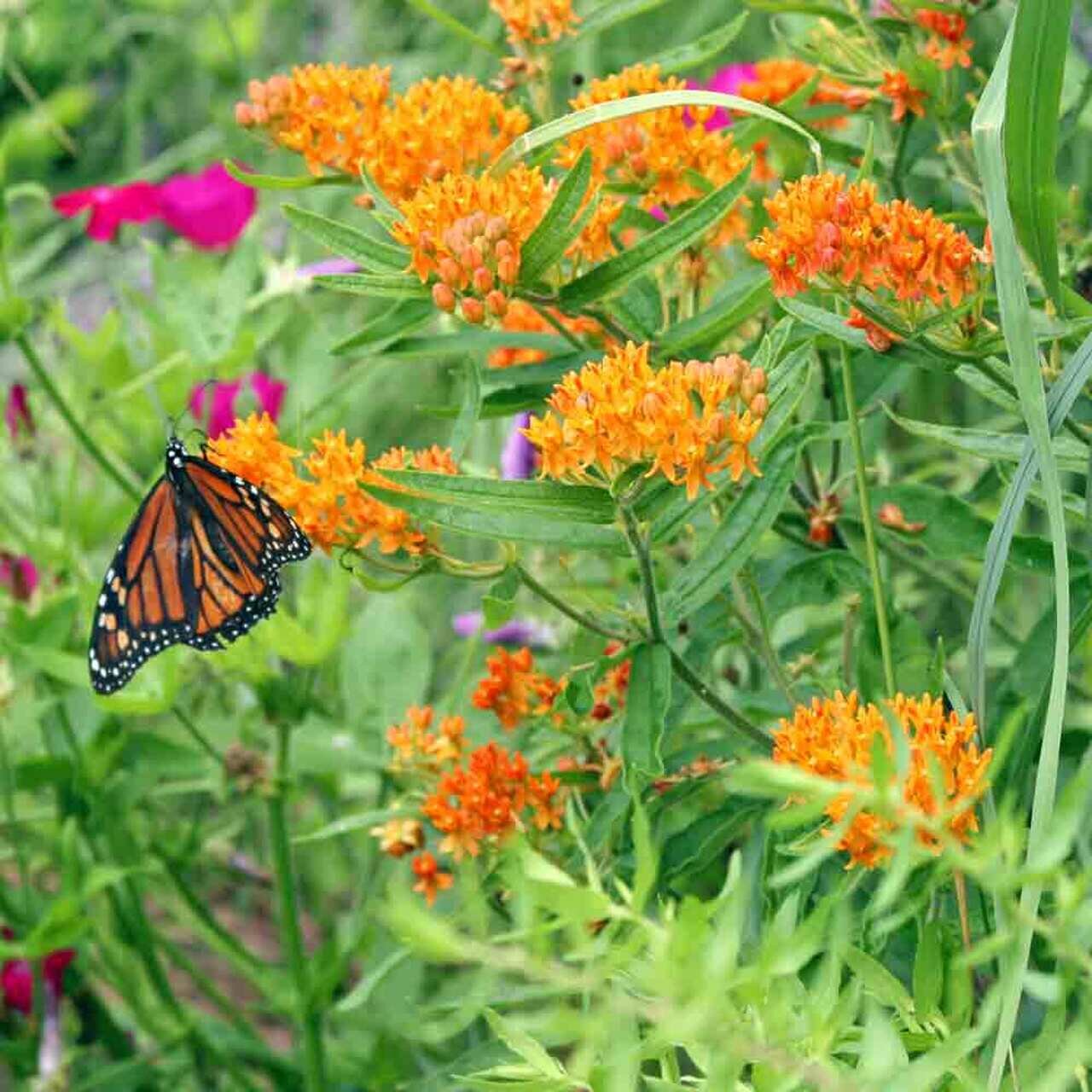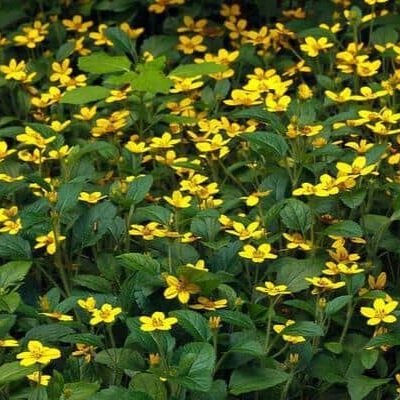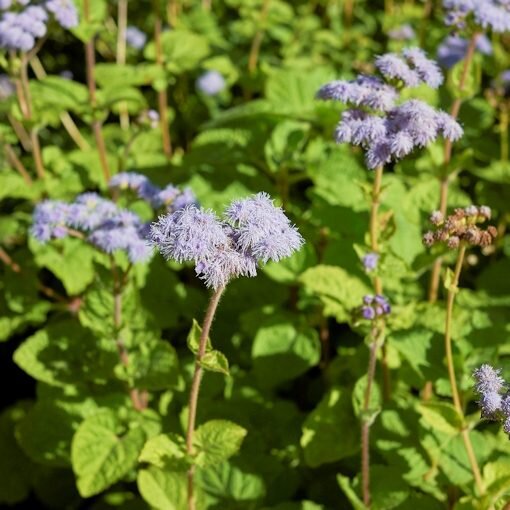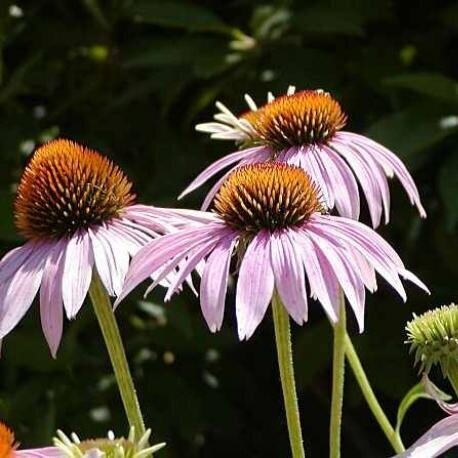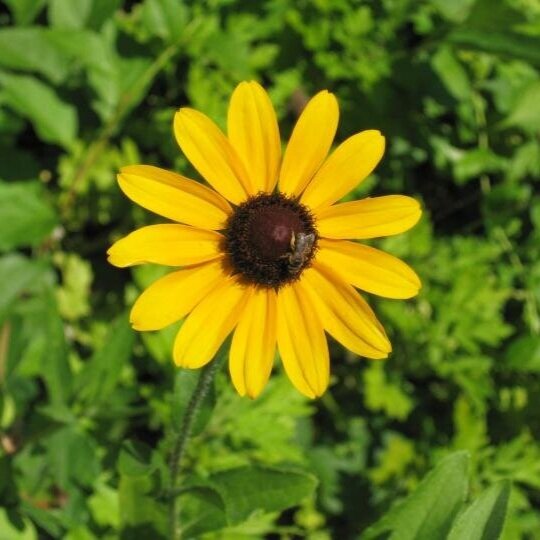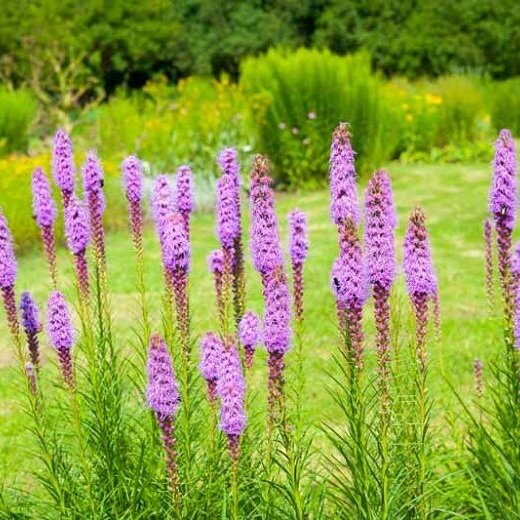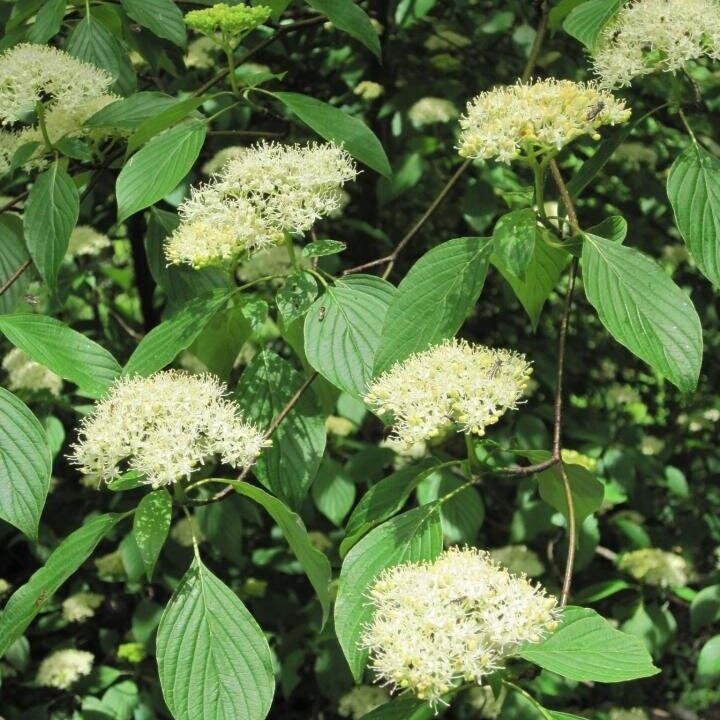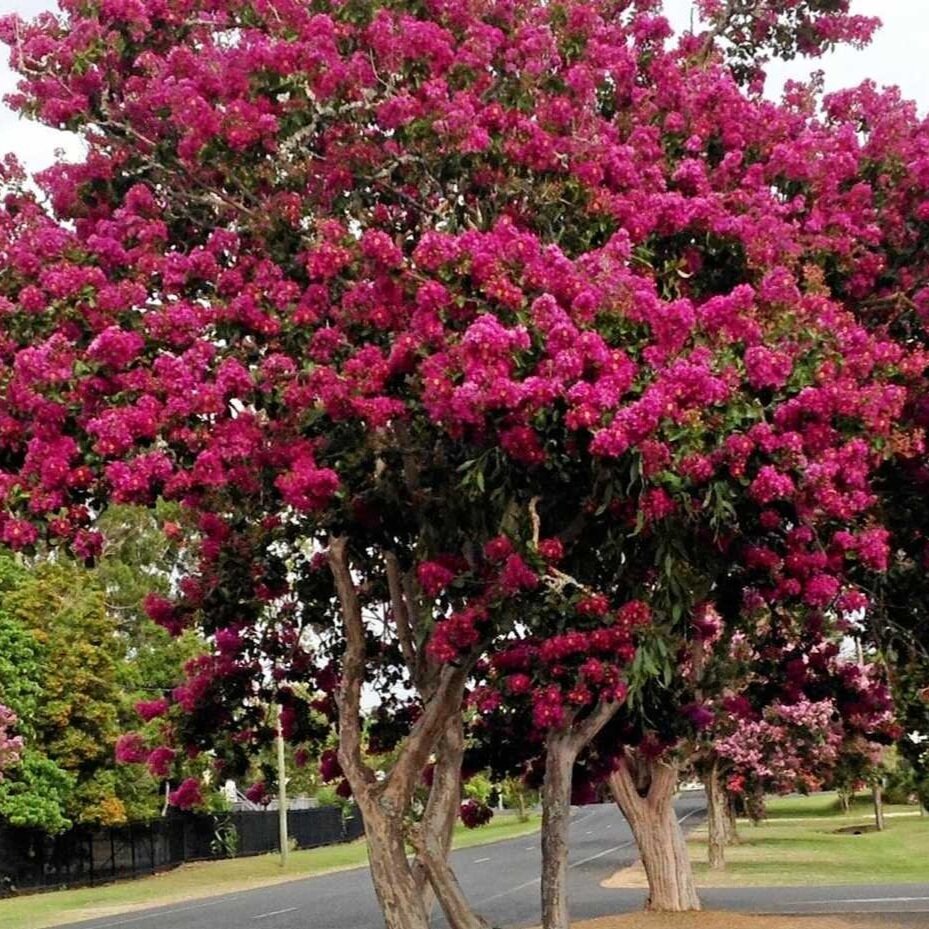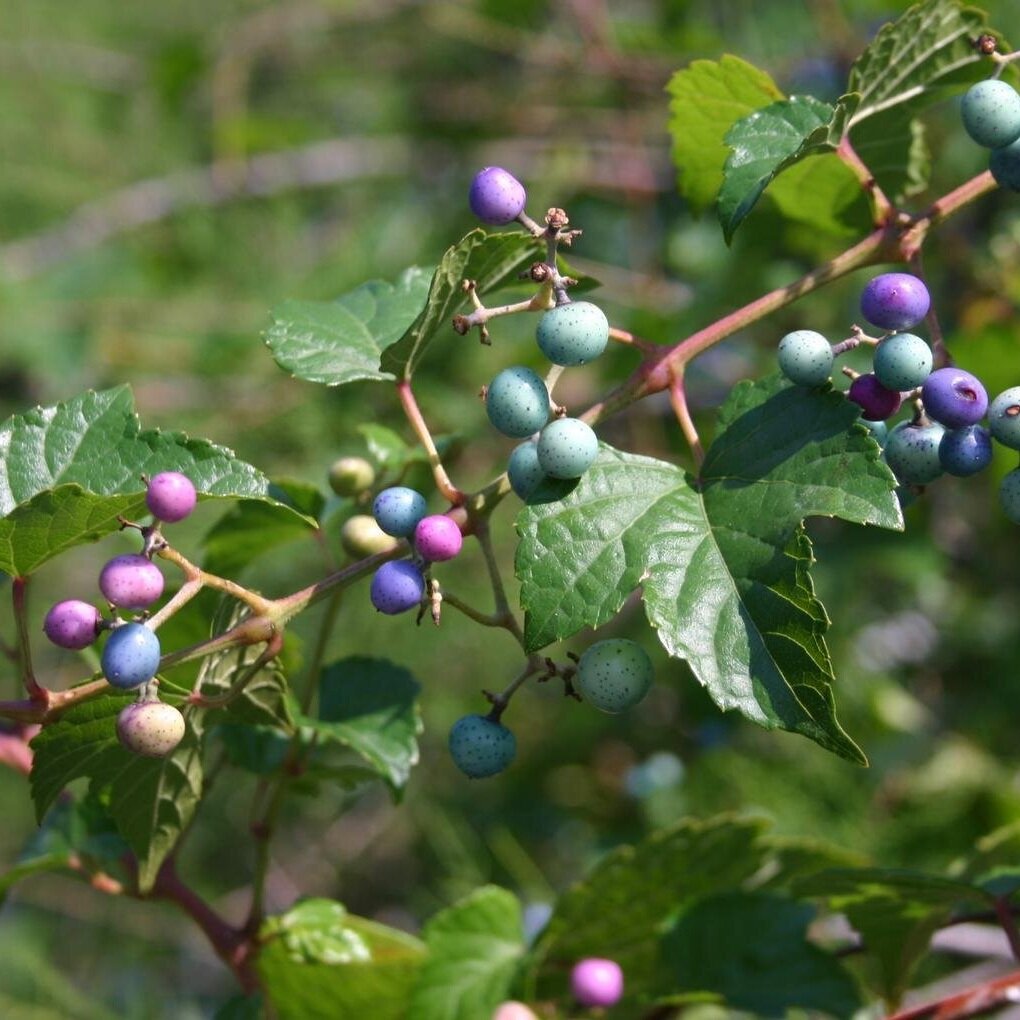Dawn Taft is the City of Hyattsville’s Manager of Environmental Programs. She’s an ISA certified arborist, horticulturist, Chesapeake Bay Landscape Professional and her extensive experience in Prince George’s County means she’s an expert in local flora and fauna.
Dawn didn’t intend to make a career out of her love of plants. After 17 years in the office at Melwood Horticultural Training Center, she decided to put her accrued knowledge to use and get certified as a horticulturist. She was sponsored by Melwood to obtain this certification through The Maryland Nursery, Landscaping, and Greenhouse Association (MNLGA). A few years later, Melwood needed an arborist at Fort Meade–so Dawn got that certification as well. Now she works for the City of Hyattsville. She’s still in an office sometimes but spends much of her time around Hyattsville handling native planting, soil retention, invasive species removal, public landscaping, tree maintenance, and more.
Consequently, Dawn is in a unique position to be an expert in Prince George’s County flora and fauna. We picked her brain for gardening tips and tricks, so come this spring your landscaping can be beautiful, low maintenance, and environmentally friendly.
Why is it so important to plant native plants? Without native plants, we cannot support our native wildlife.
Scenario 1: Native Oak Tree
A native oak tree is planted. The oak tree is home to over 500 different caterpillars and other species of insects which help to feed and support our native wildlife. These insects are fed on by native birds and small animals. The native birds and other small animals are fed on by larger birds of prey and other natural predators. As a result, local wildlife populations are kept in check at their natural levels and local flora and fauna flourish.
Scenario 2: Non-Native Amur Bush Honeysuckle
These shrubs spread uncontrollably, choking out native plants. Additionally, the dense cover of the Bush Honeysuckle provides shelter for potential food sources such as field mice, voles, and rabbits. Wildlife and birds of prey are unable to reach these ground dwellers, and populations suffer because of the lack of available food. This prevents the establishment of native flora and fauna and contributes to wildlife decline.
There are benefits to planting native this spring beyond the environment–native plants need less work, as they are built to thrive in this area without help. That means less watering, and you can worry less about the amount of direct sunlight or types of soil you are planting in. If you are interested in including native plants in your landscaping, Dawn has some suggestions.
